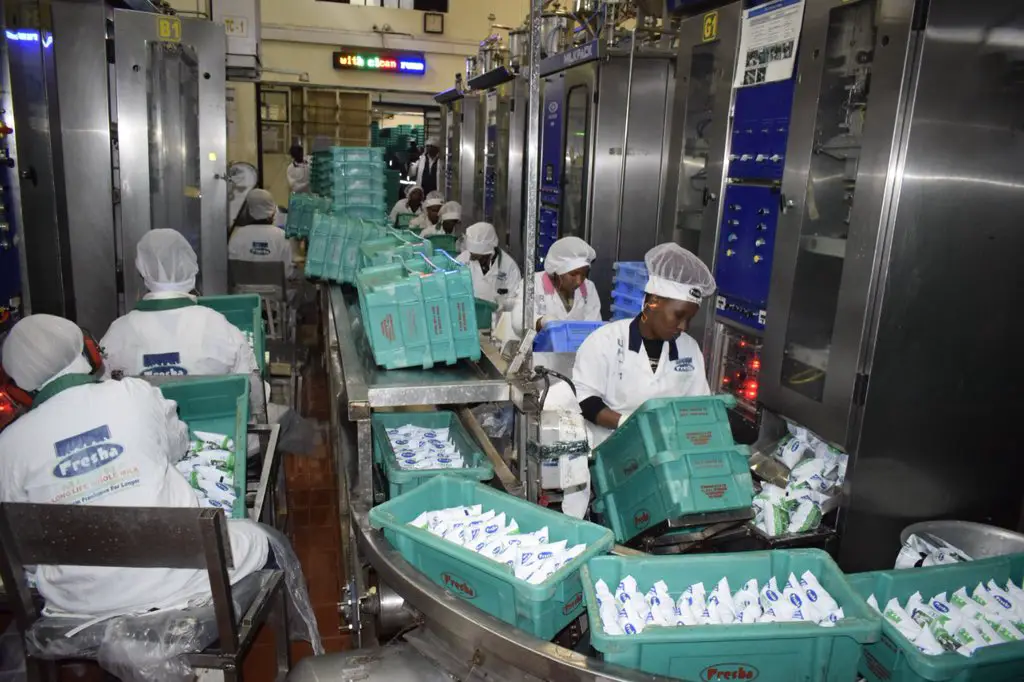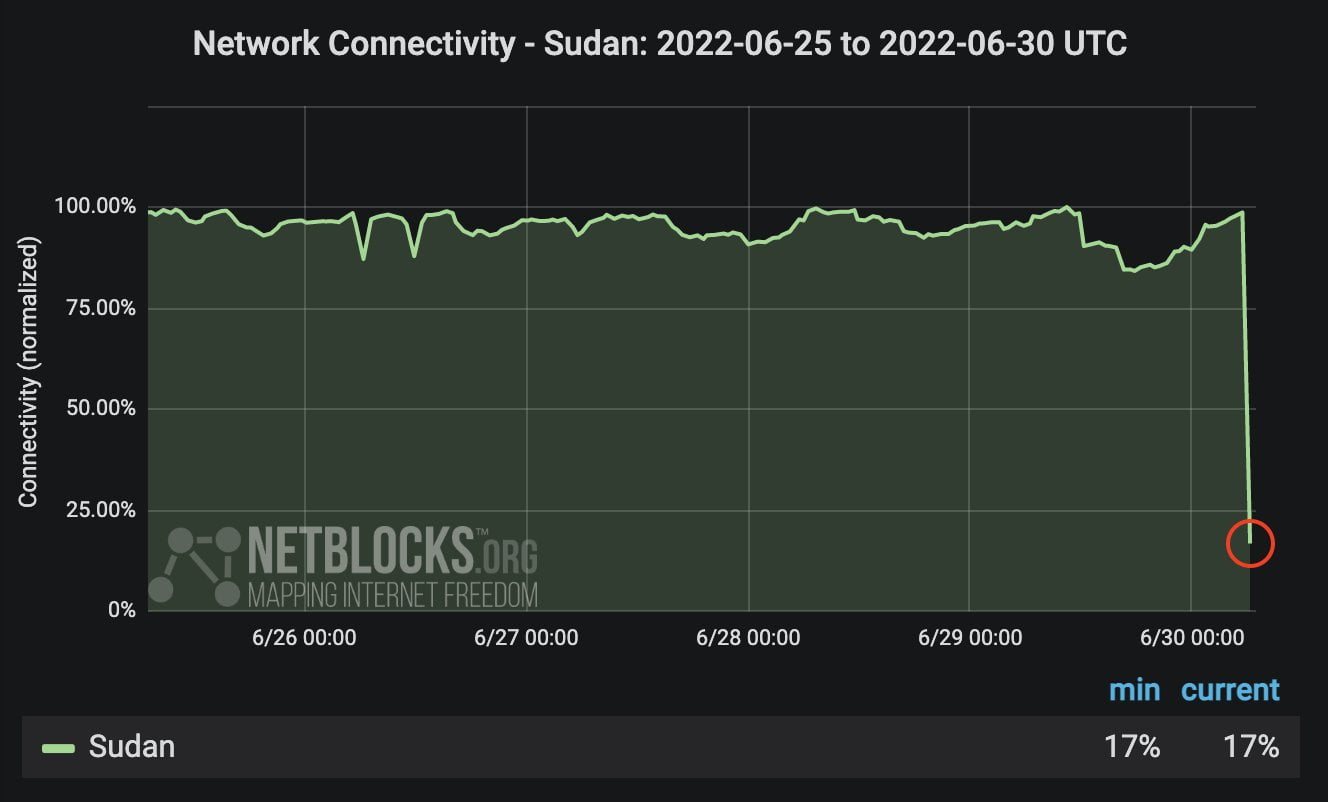China is a big country and as such, it must protect its food security.
As a country whose economy has grown in leaps and bounds over the last few decades, China is serious about locust invasion which is an annual nuisance.
Kenya’s North Eastern Counties of Mandera, Wajir, Marsabit, Garissa, Isiolo and Samburu have had to grapple with the destructive activities of locusts. At first, the government sent guns and teargas to scatter the annoying insects but that laughable decision proved a meme on social media. The govt later corrected it by sending planes to spray them.
Below is a story of how China deals with the locust menace:
“Chickens are excellent natural predators of locusts,” Yang Zhong, deputy director of a field station with the Wushi Animal Husbandry and Veterinary Bureau, said in 2018. “One chicken can catch over 600 locusts a day and can cover half a hectare (1.2 acre) of grassland,” Yang said. “There has been a decline in the locust population in several counties where the measure has been adopted.”
According to Zhong, previous efforts to eradicate locusts in Xinjiang included pesticides that, while effective, also ended up killing off beneficial insects and harming the ecosystem. Alternatively, a flock of only 100 chickens last year in Wushi county was able to effectively limit damage to more than 1,300 acres. There’s also the added bonus of chicken manure in the pasture, as well as for families to both consume and sell.
This isn’t the first time China has pitted birds against locusts. A Telegraph story from July 2000 described how officials trained an astounding 700,000-strong army of chickens and ducks to pursue and consume locusts at the sound of a whistle. The massive campaign, which included nearly 280,000 people, was a response to the country’s worst locust outbreak in a quarter-century.
Kenya
The Kenyan government instead of using their head sent police with guns, bullets and teargas to chase away the locust.
It is laughable.
Has Jubilee ever done anything right since 2013?

















































